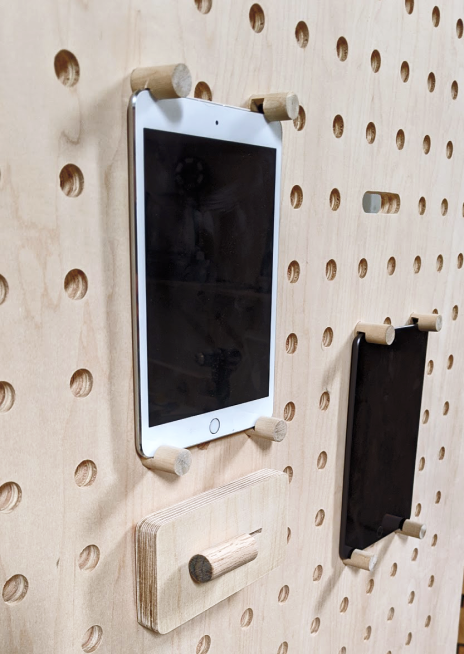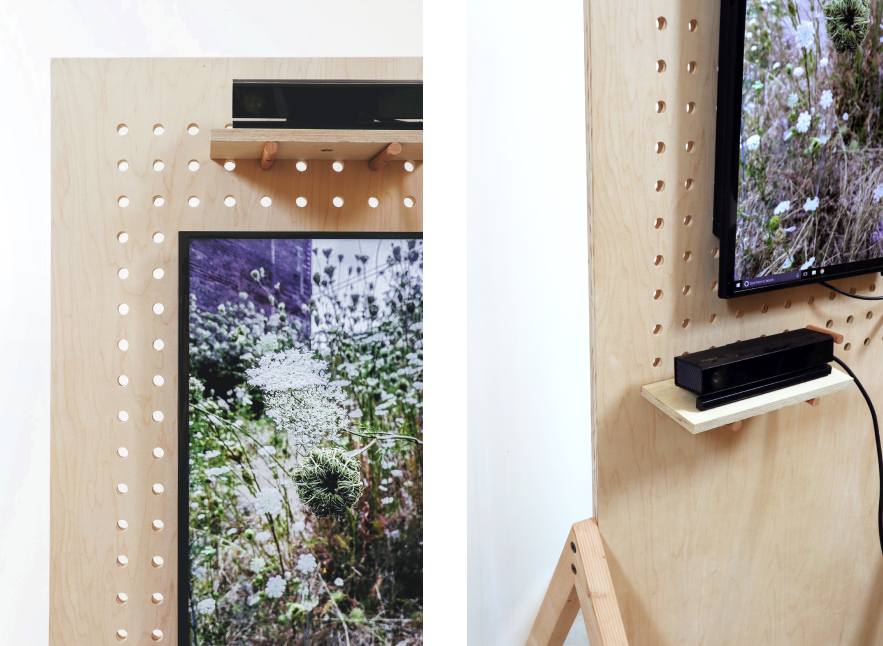Prototype Board
Portland Design WeekInstrument
2020
An adaptable platform for concepting interactive experiences.

Interactive installations have grown in popularity, with technological advances like projection mapping, the Kinect and recent pose-detection libraries all fueling public interest.
However, designing such experiences has different challenges than that of on-device product design.
Key design tenets like early prototyping and frequent iteration are more challenging, as adapting and changing a physical space is outside of the offering of many digital organizations.
However, designing such experiences has different challenges than that of on-device product design.
Key design tenets like early prototyping and frequent iteration are more challenging, as adapting and changing a physical space is outside of the offering of many digital organizations.


Additionally, when using a digital product, users have often made a series of selections that influence their experiences, such as accessibility controls, or even simply what type of device or platform they are accessing the experience on.
When meeting a pre-built installation, much of that has been already decided for the user. It is therefore further incumbent upon designers to rapidly iterate and test their experiences as widely as possible to ensure maximum usability.
When meeting a pre-built installation, much of that has been already decided for the user. It is therefore further incumbent upon designers to rapidly iterate and test their experiences as widely as possible to ensure maximum usability.

Additional flexibility also allows for a greater range of tech stack usage. Both in terms of monitors and power, pivoting over to a more generalized and adaptable solution allows for a quicker adaptation of different methods of execution.

Designed to balance form and function, the idea called for a fully adaptable solution that would be usable for a variety of experiences and cater to a wide array of bodies.
In developing forms that would allow for the most balanced structure for a large range of weights and still provide support, while also remaining visually appealing and deeply adaptable, it was useful to be able to 3D print many of the ideas.
This helped work through the early ideation process rapidly, and was extremely useful in anticipating structural needs in the end product.
In developing forms that would allow for the most balanced structure for a large range of weights and still provide support, while also remaining visually appealing and deeply adaptable, it was useful to be able to 3D print many of the ideas.
This helped work through the early ideation process rapidly, and was extremely useful in anticipating structural needs in the end product.

The end product is designed to continue growing and adapting to needs, eventually resulting in open-source documentation.
︎︎︎ Back
Next ︎︎︎

